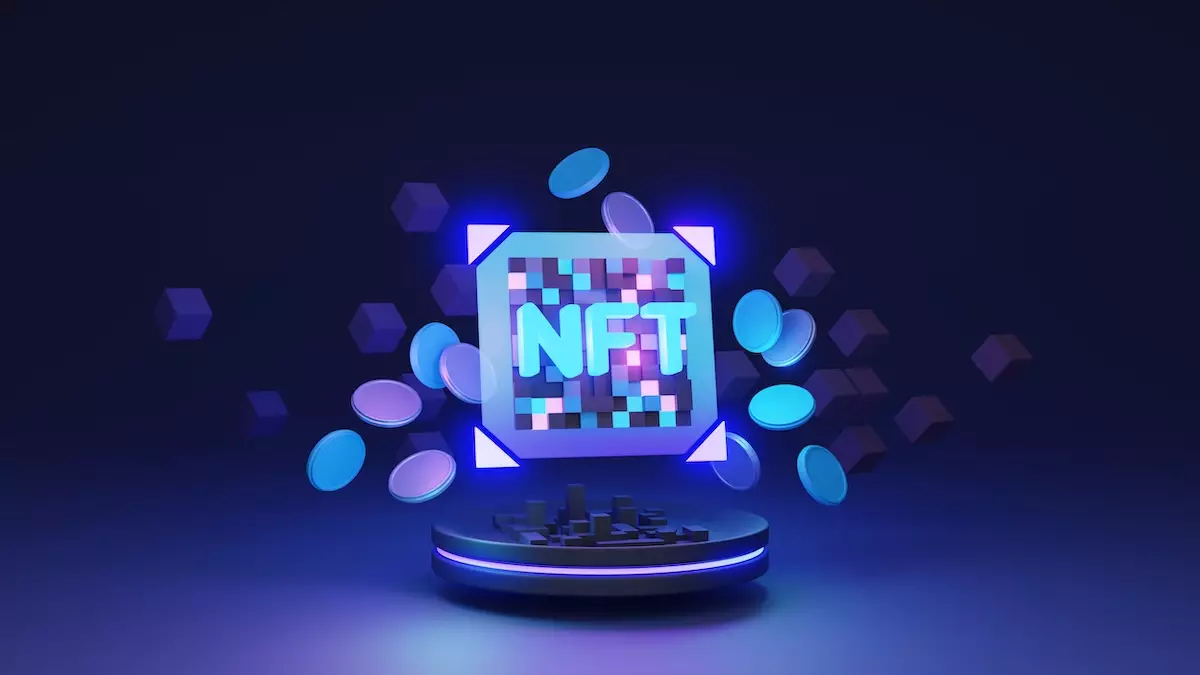The emergence of non-fungible tokens (NFTs) represents one of the most fascinating developments in the digital economy. Over the last few years, NFTs transitioned from a niche interest to a significant marketplace, generating billions in sales and drawing the attention of collectors, artists, and investors alike. However, the volatility of NFT prices and the unpredictability of the market have led to questions regarding what drives these valuations and whether technology, particularly predictive analytics, can offer insights into future trends. This article delves into the mechanics of predictive analytics and its implications for understanding the ever-evolving NFT landscape.
NFTs have built an eclectic marketplace, encompassing digital art, virtual properties, and rare collectibles. In this environment, prices can soar to eye-watering heights, only to plummet just as quickly. Some users are motivated purely by speculation, buying with the hope that their tokens will appreciate in value, while others are drawn to the community and culture surrounding these digital assets. What complicates this landscape further is the influence of social media, celebrity endorsements, and cultural trends, all of which can cause dramatic fluctuations in asset value. Consequently, creating a system for predicting these price movements has become more crucial than ever.
Predictive analytics employs historical data and complex algorithms to uncover patterns that can inform future decisions. In the context of NFTs, this means synthesizing a range of data points, including sales history, social media interactions, and market sentiment. Collectively, these data sources can offer clues about potential future valuations within the NFT space. The task of interpreting these signals is not without its challenges, given the ever-shifting nature of the marketplace.
At its core, predictive analytics involves several essential steps:
1. **Data Collection**: Gathering a rich dataset is foundational. This includes transaction logs, social media discussions, and on-chain data, as all these factors can impact demand.
2. **Model Selection**: Choosing the right predictive model is critical. Depending on the specific phenomena being analyzed, options range from time-series models to machine learning algorithms. Each model comes with its own strengths and challenges.
3. **Feature Engineering**: This involves converting raw data into actionable insights, for instance noting the rarity score of an NFT or gauging social media sentiment towards a project.
4. **Understanding Correlation vs. Causation**: Analysts must remain vigilant not to conflate the two. A spike in an NFT’s price occurring alongside a celebrity’s tweet does not inherently imply causation.
Visibility in crypto communities—primarily on platforms like Twitter and Discord—plays an important role in an NFT’s success. By analyzing online discourse, predictive models can capture emerging trends, such as a surge of interest in a particular collection. If a project garners a passionate community, this can significantly influence its market performance, revealing that social dynamics hold considerable weight alongside price history.
Moreover, the reputation of creators also affects valuations. Established artists with strong records in the traditional art world tend to carry their prestige into the NFT domain, often resulting in higher market prices. AI tools can analyze artist performance history and community reception to gauge how these aspects correlate with market valuation, lending further insight to investors.
NFTs do not operate in isolation. They are intertwined with broader cryptocurrency market conditions, particularly significant networks like Ethereum. Price swings, transaction fees, and negative sentiments toward cryptocurrencies can deter buyers, while periods of bullishness can see NFT investments flourish. Predictive analytics must account for this interconnectedness by employing models like time-series forecasting to capture trends over time.
Despite the sophisticated capabilities of predictive models, they come with limitations. Rapid, viral trends can emerge in the NFT sphere, rendering models based on historical data inadequate. Additionally, some participants may engage in wash trading to inflate perceived demand, creating a skewed view of market activity that complicates analysis.
As the NFT marketplace matures, it is anticipated that predictive analytics will evolve as well. Institutional investors are likely to adopt similar data-driven approaches seen in traditional finance. As a result, market behavior will grow less speculative and increasingly driven by tangible utility and use cases, such as gaming assets and membership tokens. In tandem, the entire NFT ecosystem, including the burgeoning metaverse, will provide a wealth of new data, creating further opportunities for advanced analytics.
However, it is vital to remember that not all aspects of value can be articulated purely through data. Community engagement, cultural resonance, and other intangible yet crucial elements play significant roles in shaping the NFT experience, highlighting the necessity for a balance between data-driven insights and human intuition.
In retrospect, combining the strengths of AI and predictive analytics with a nuanced understanding of the NFT landscape can empower both creators and investors. Those who navigate this complex arena will find opportunities amid the chaos, underscoring the evolving relationship between culture, technology, and the digital economy.















